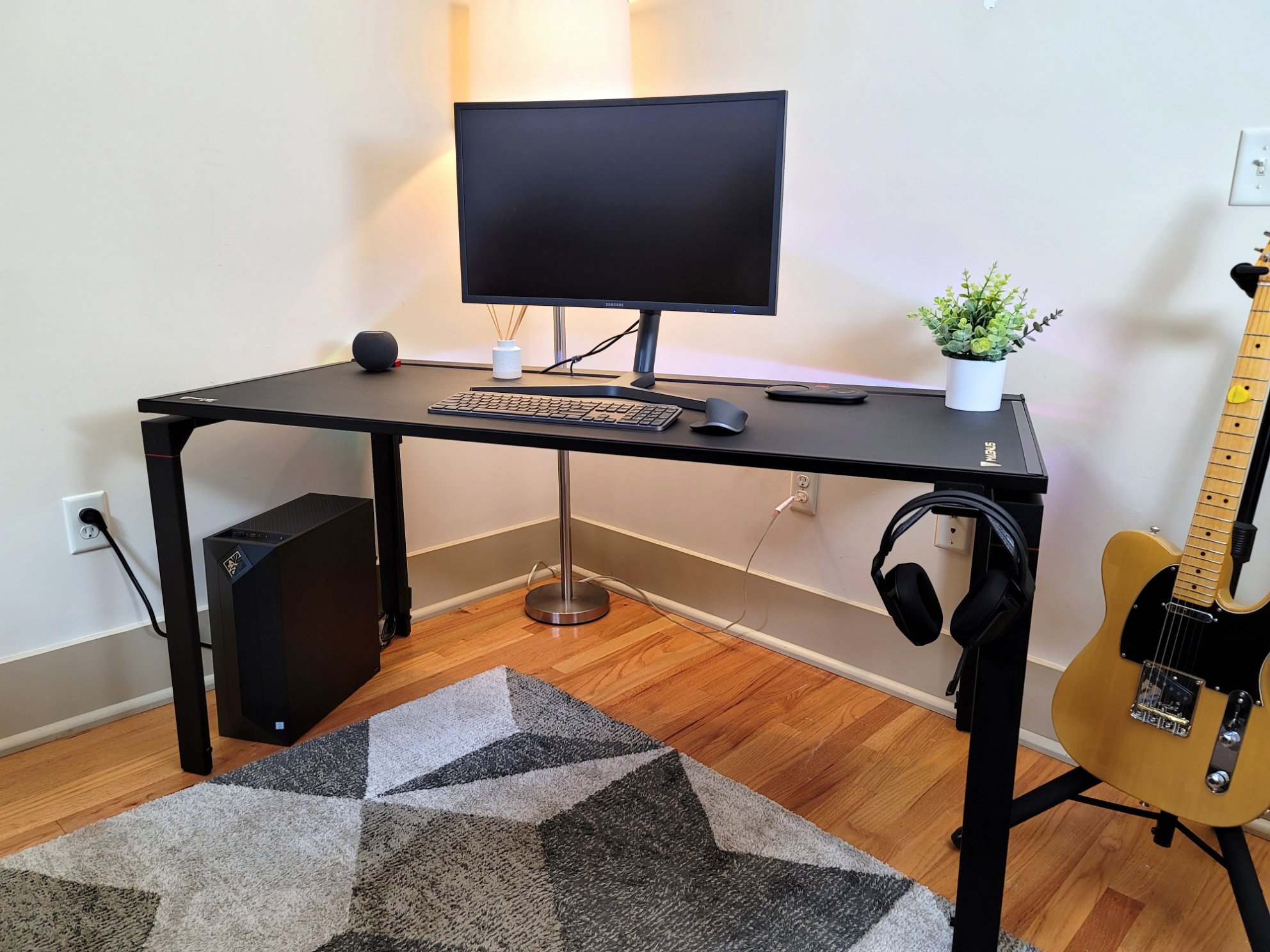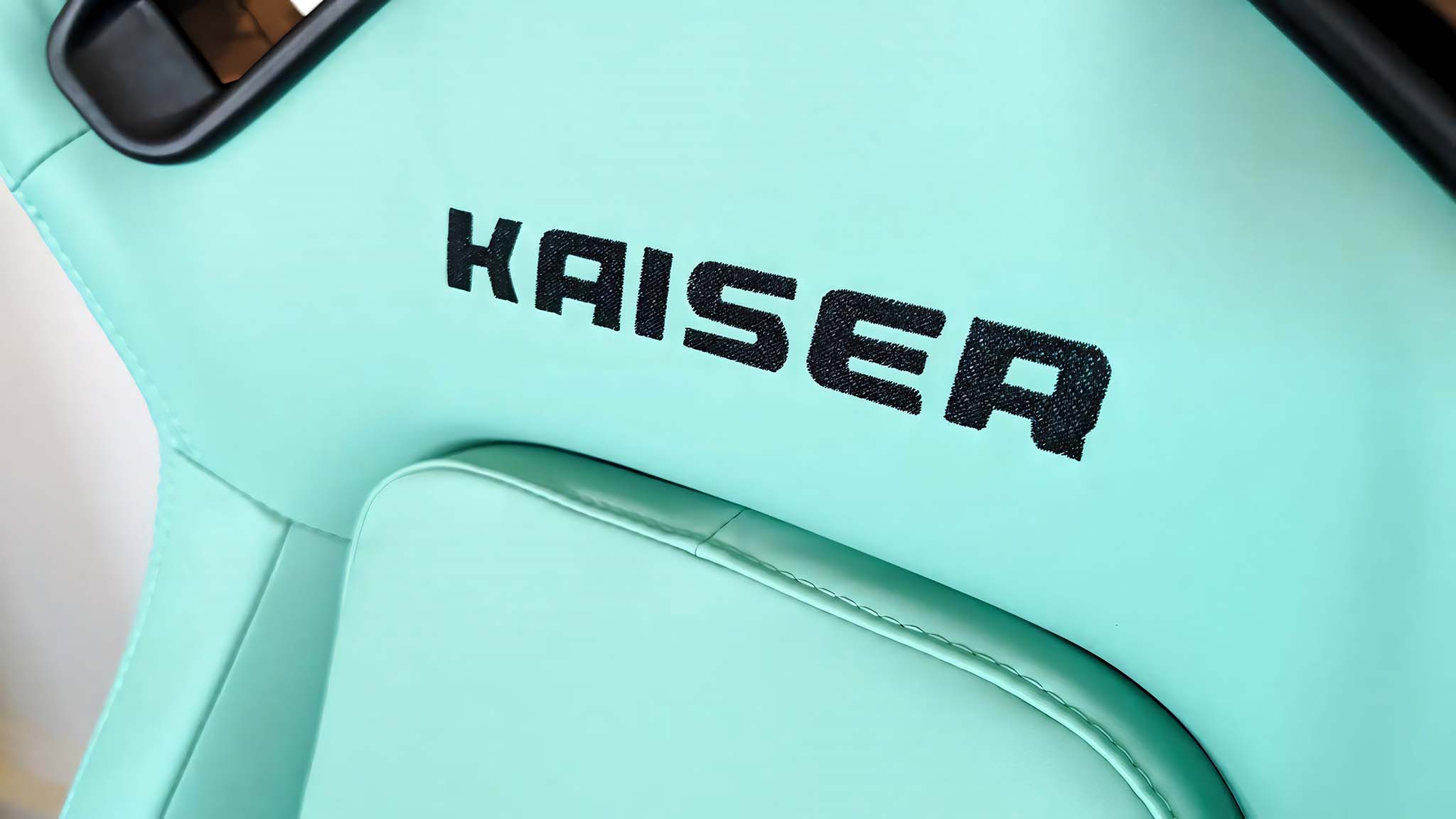Where is there to go after you've created some of the best gaming chairs on the market? For Secretlab, it's with a new desk called the Magnus. And just as Secretlab's chairs aren't your standard office fare, the Magnus isn't your average desk.
Secretlab says it built the Magnus not only to complement its chairs, but also to offer up a unique, premium desk that addresses a lot of pain points. To that end, the company went with a metal desk with a huge focus on making cable management woes a thing of the past. The other benefit to that metal design? An ecosystem of magnetic accessories that help wrangle cables, give you a place to hang your headphones, and, yes, add some RGB love to the setup.
The result is an extremely intriguing desk that makes a bold statement. But is it worth dropping $450 on, and even more once you factor in those magnetic accessories? Read on to find out.
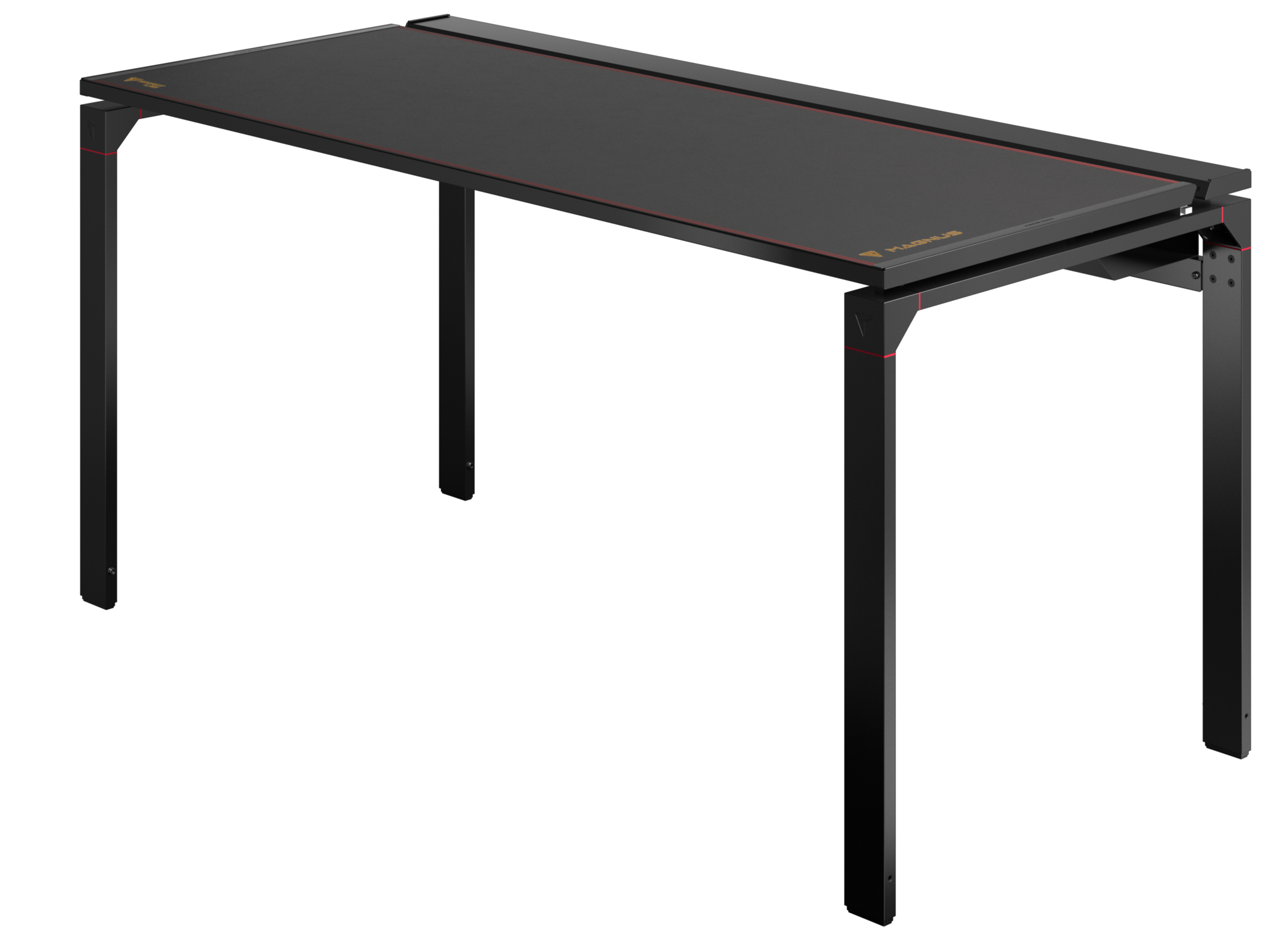
Bottom line: The Secretlab Magnus is a dream for cable management. The durable construction and unique magnetic accessory ecosystem make it a great choice if you can swing the price.
For
- Ridiculously good cable management
- Incredible magnetic accessory ecosystem
- Fast, easy assembly
- As durable as you can get
Against
- Very heavy
- Limited sizes
- Can get pricey fast
Secretlab Magnus: Price and availability
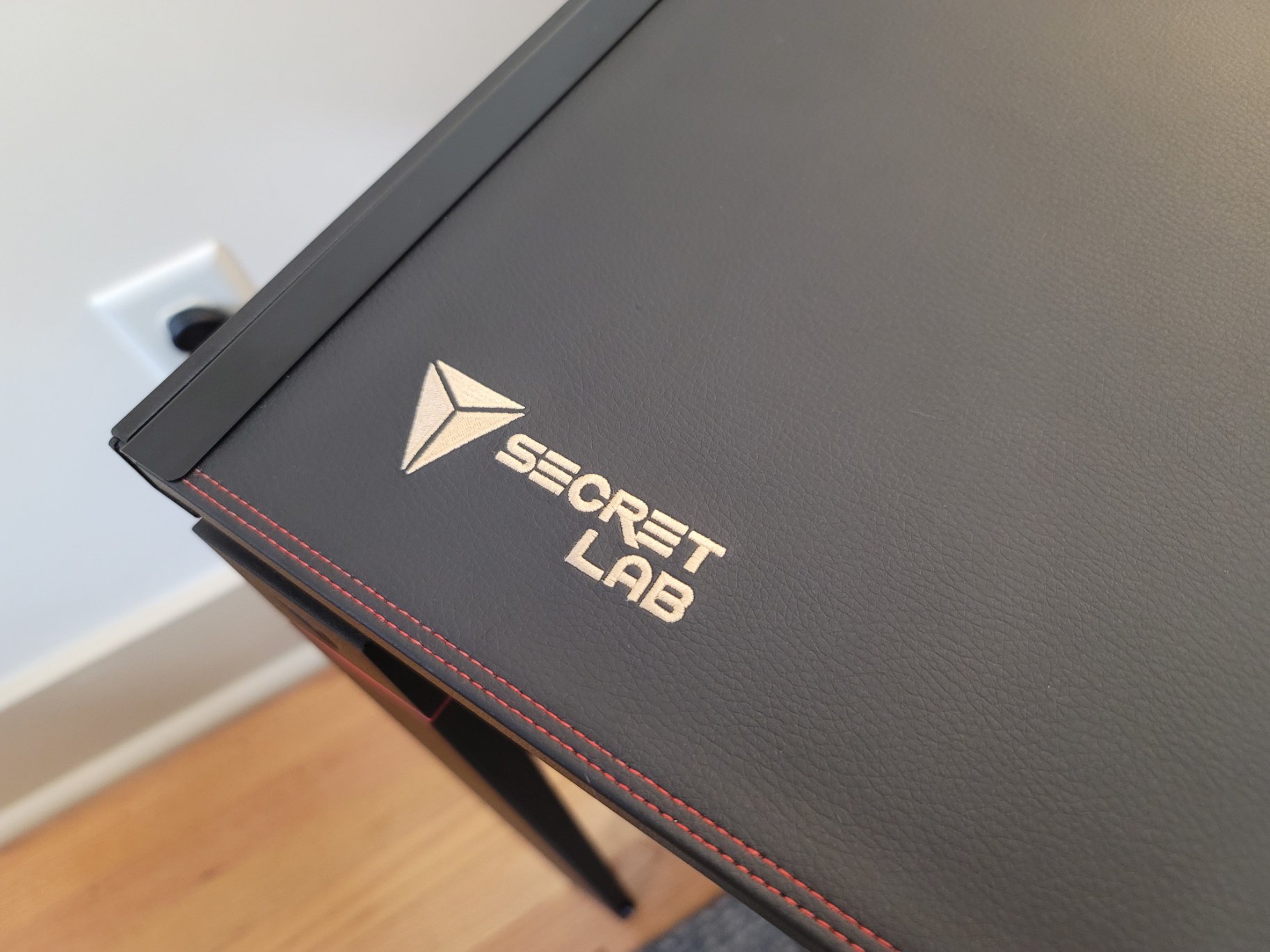
The Secretlab Magnus is available now for $500 through Secretlab's website. That price includes the desk, along with a magnetic leatherette mat that you can place over the desk's surface. Where things get interesting is with the accessory ecosystem, which can add significantly to the cost depending on how you want to customize your desk.
You can purchase special edition leatherette mats for $99, while additional Stealth and Signature Edition mats run $79. A set of magnetic cable anchors costs $19, while magnetic cable sheaths and cable fastening straps run $29 and $13, respectively. Finally, there's the magnetic RGB light strip, which comes in at $59.
There's also a dedicated cable management bundle that includes magnetic cable anchors, cable fastening straps, and magnetic cable sheaths for $44.
Secretlab Magnus: What's good
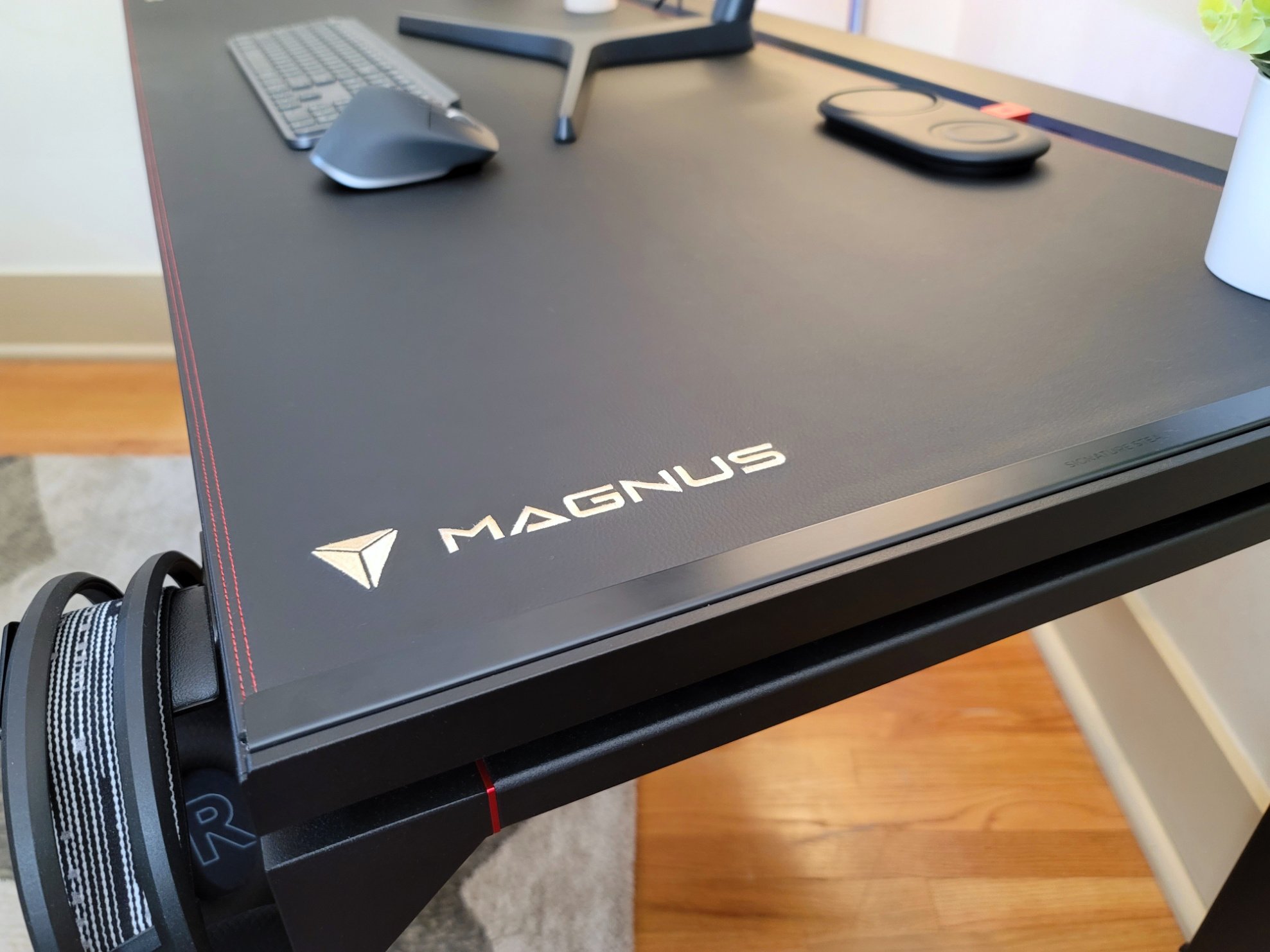
With the rising popularity of "gamer" chairs in recent years, there has also been a rise in desks that are specifically targeted at the PC gaming crowd. However, what much of the industry bills as a "gamer" desk involves loud colors and, much of the time, cheap construction. With the Magnus, Secretlab has brought its legacy of creating premium gaming seats to the desk space with a design that feels solid and is absent of in-your-face design flourishes.
In short, the Magnus is relatively simple, but incredibly functional. It's decked out in a nearly all-black color scheme that, combined with its low profile, looks quite stealthy. That low-profile is for a reason, too: Secretlab designed the Magnus to complement its 2020 Series gaming chairs, offering the right height and clearance to allow you to easily slide up to the desk, recline, and more without bumping into it.
Aside from the mostly black color, you'll find small red accents scattered throughout. The legs feature a thin, metallic red line where they slide into the table top. There's also red stitching around the magnetic leatherette desk matt. The only areas that stray away from this color combination are the muted gold Magnus and Secretlab logos that are stitched into the right and left sides of the desk mat.
The Secretlab Magnus is simple, but incredibly functional.
Despite its subtle design, the Magnus hides away some intriguing secrets that are a delight to use. The most prominent is the cable management system at the back of the desk. It's hidden under a metal piece that extends the length of the desk and rotates to allow easy access to a power strip for anything sitting on top of your desk.
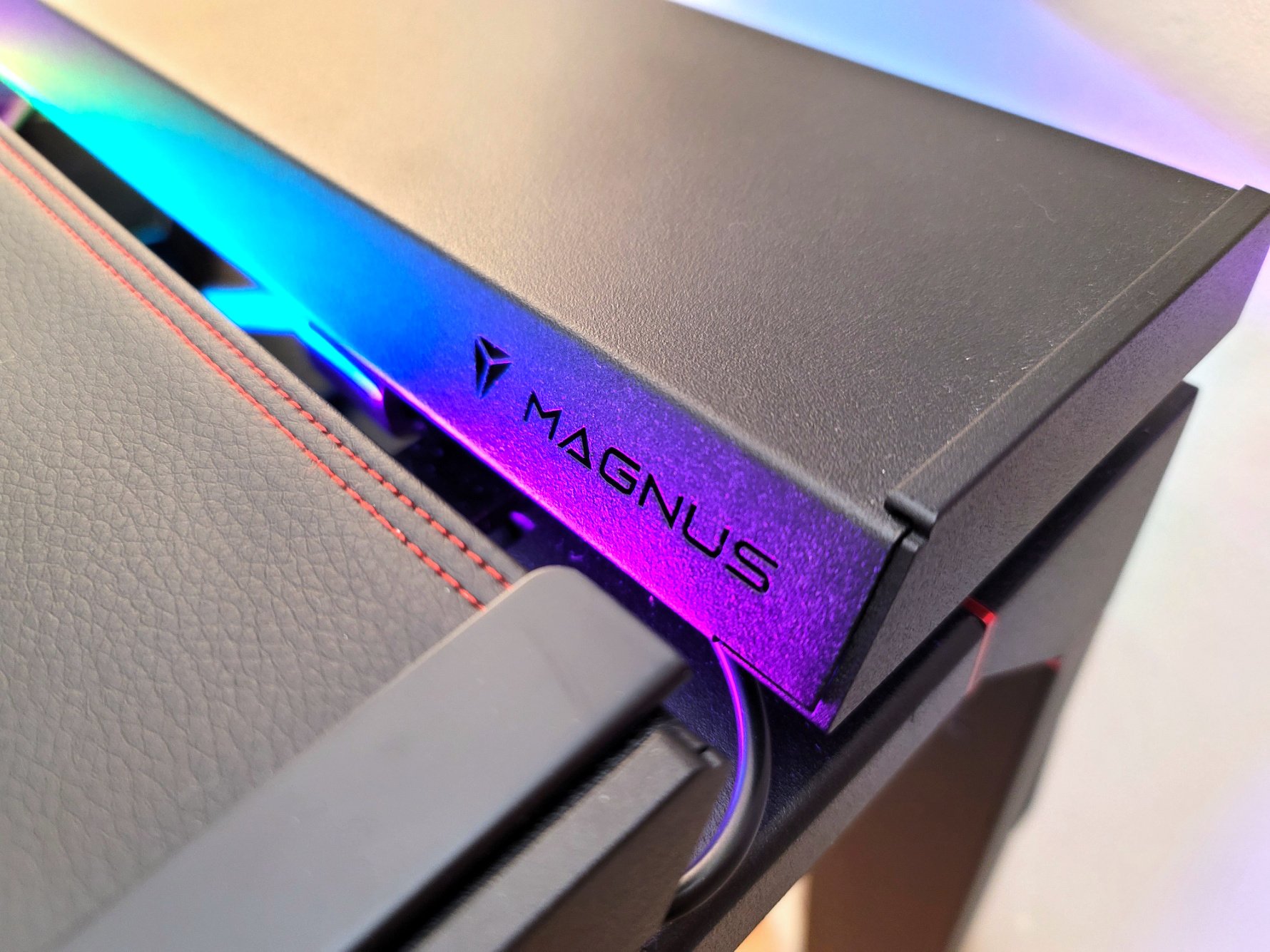
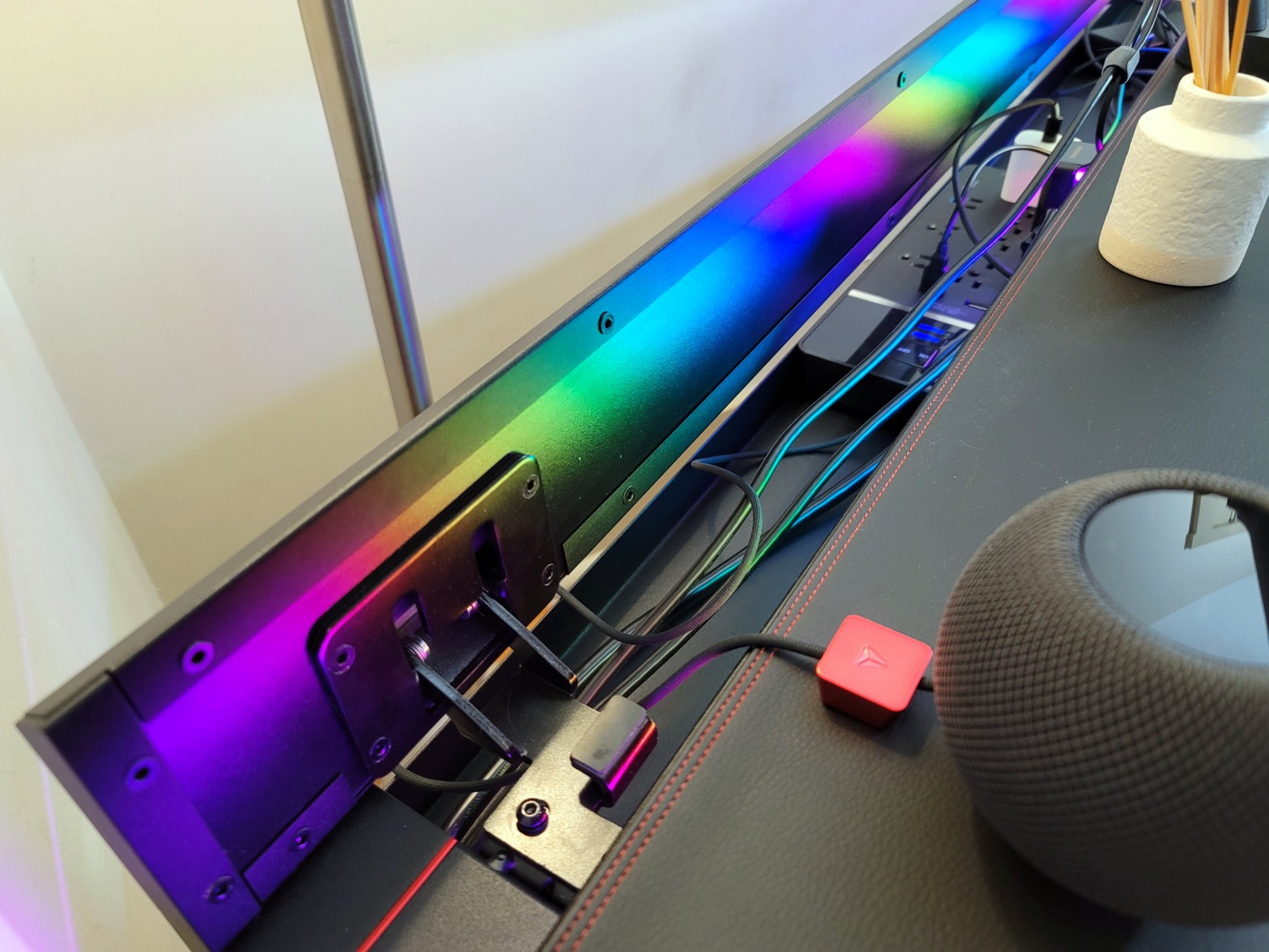
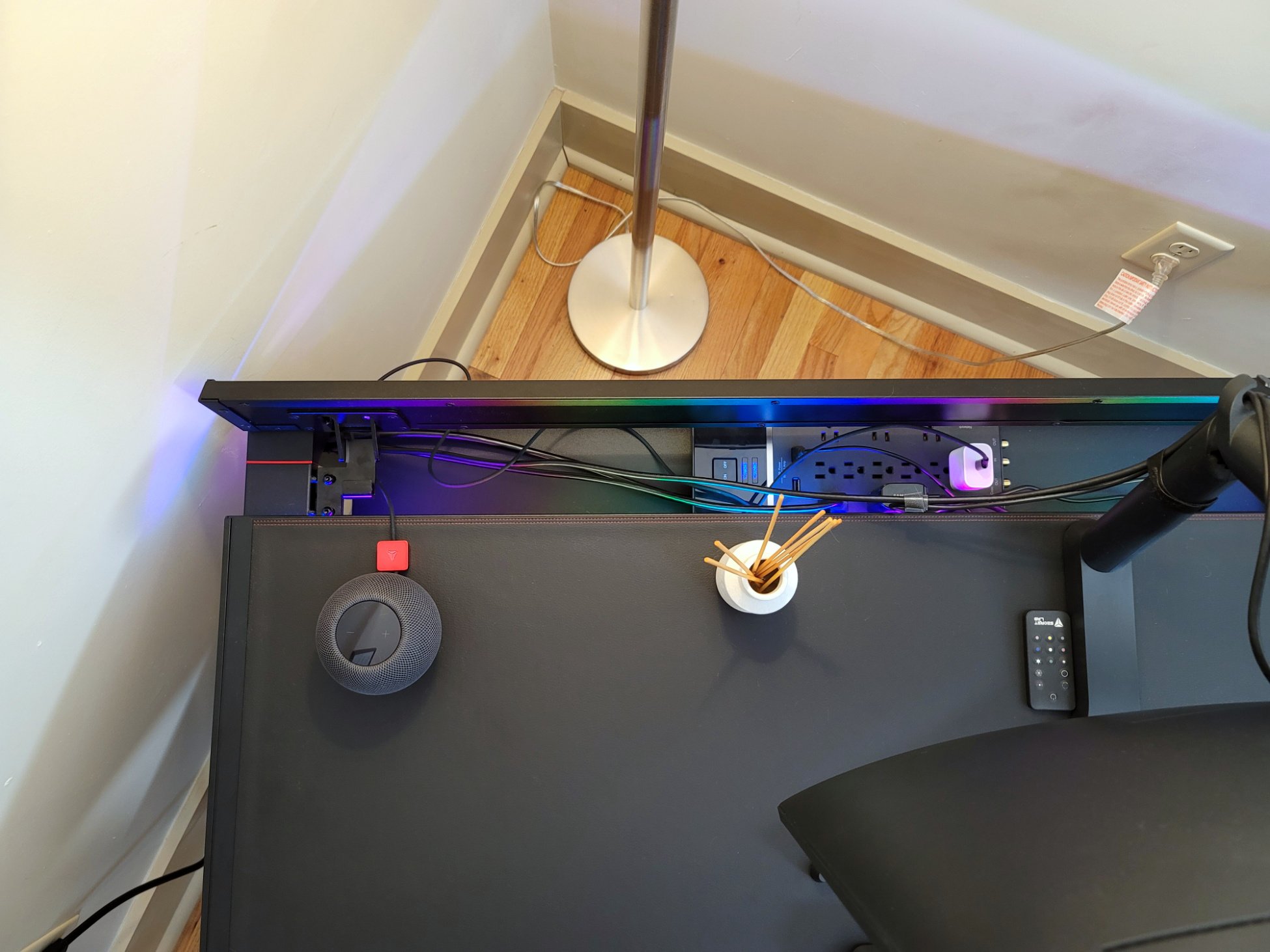
What's more, the metal cover is angled on the side that faces you, cleverly leaving a gap big enough to slide cables through. It's one of the more elegant cable management solutions I've seen on a desk, and it's certainly more useful than the drilled holes you'll find in most other desks. Once you're finished plugging something in, you rotate the cover back down and everything is hidden from view.
Because the surface and legs of the desk are made out of metal, the whole thing is magnetic. This is where the magnetic accessories come in, allowing you to customize your cable management even more. My favorite of these has been the magnetic cable anchors, which keep an incredibly firm grip on the desk's surface and look great in their metallic red sheen.
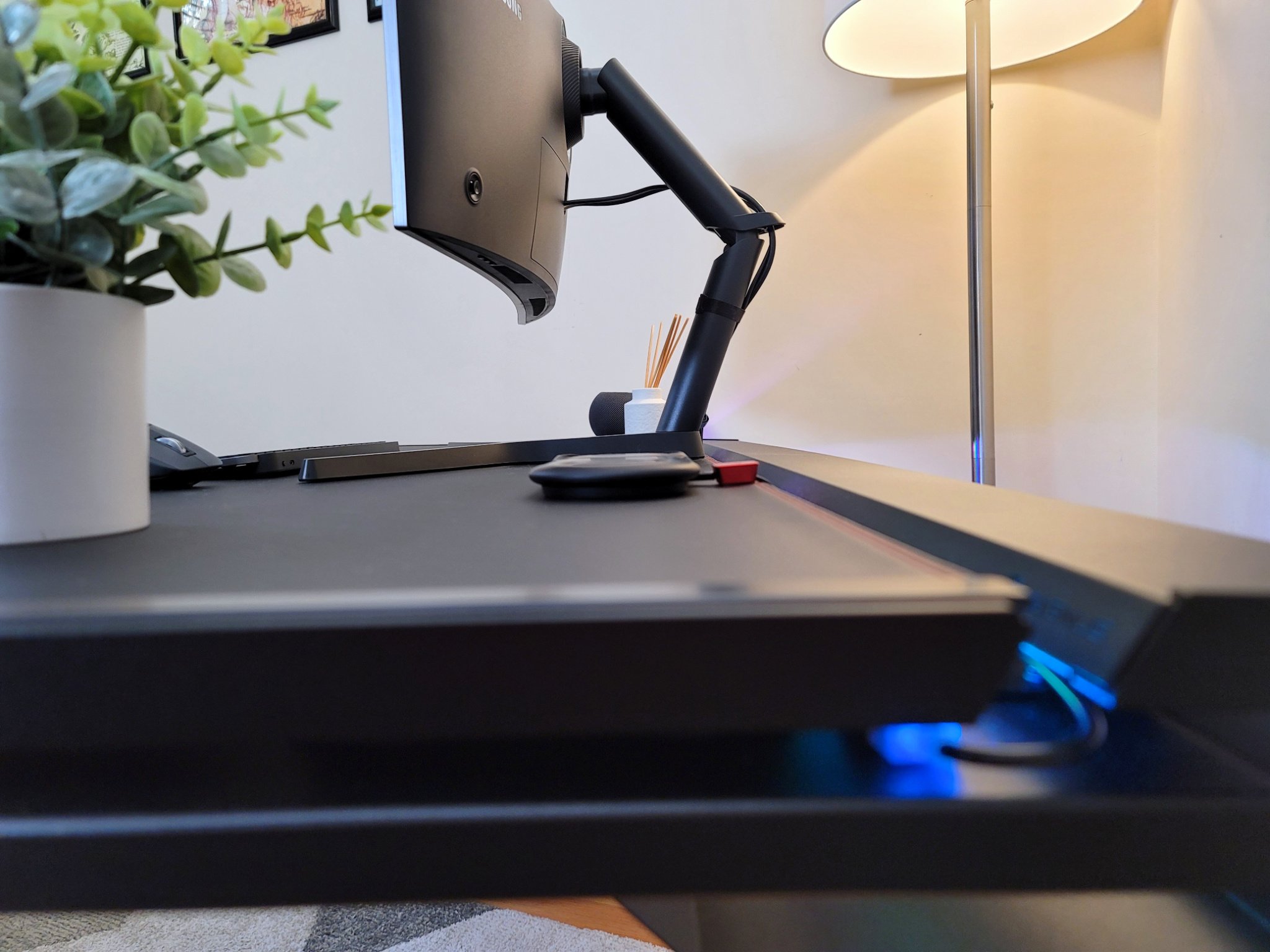
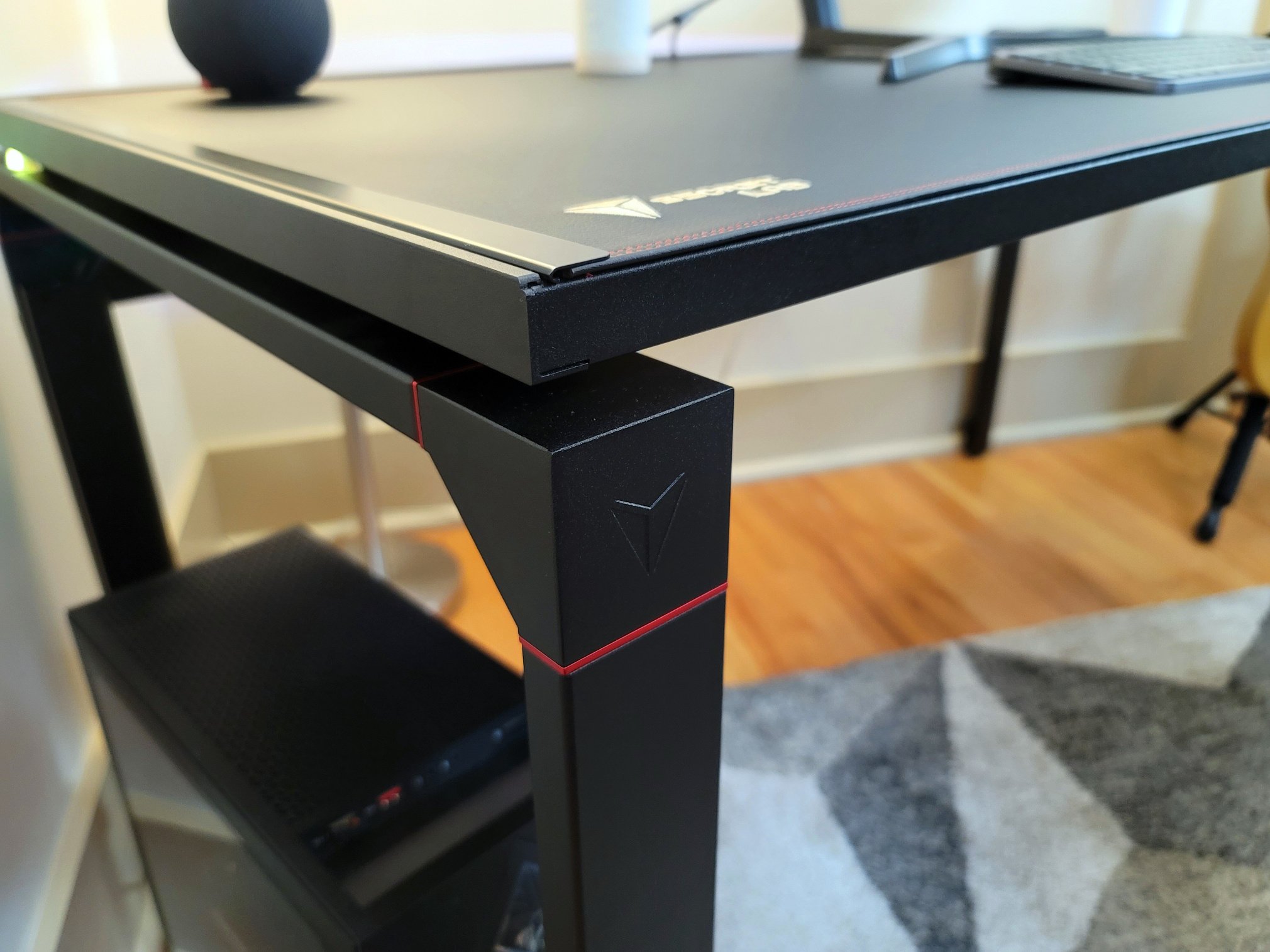
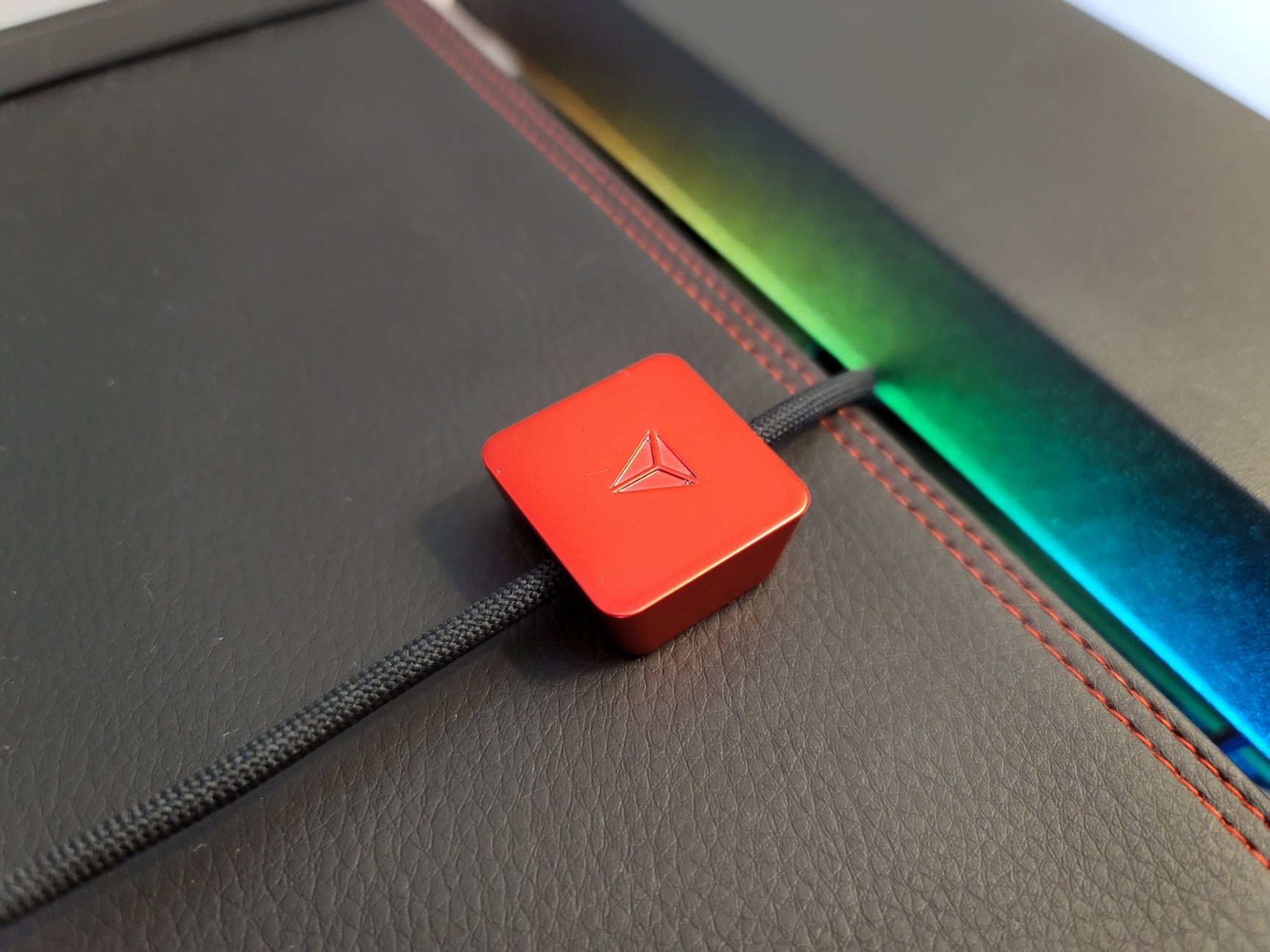
If you're someone who prefers their PC sitting on the floor, the accessories come in handy there, too. You can pick up a set of magnetic cable sheaths that snap to the desk's legs. Simply route your cables up the legs to the power strip in the cable management tray, and the cable sheaths will hide them from view.
Again, it's an elegant system that makes it much easier to make any desk setup look as clean as you want. If you opt for a wireless keyboard and mouse, you can effectively hide every cable except for the power strip cable running to your power outlet. Even then, I'm sure there's a way to make sure even that is hidden from view that I haven't discovered yet.
Once you're set up, you can snag a dedicated magnetic RGB light strip to run underneath the back of the desk. Once in place, it projects asea of colors against the cover for the cable management space and the wall behind your desk. It looks really good if you'r're in to RGB lighting, and an included remote lets you easily cycle between different effects and colors.
What's clear is that this is just the start for these accessories. Secretlab is already prototyping a magnetic headphone hook that you can place anywhere you want around the desk's edge. The ease of being able to simply reposition things like cable anchors and a headphone hook at any time, without messing with double-sided tape or anything that would leave a residue, makes this setup incredibly versatile.
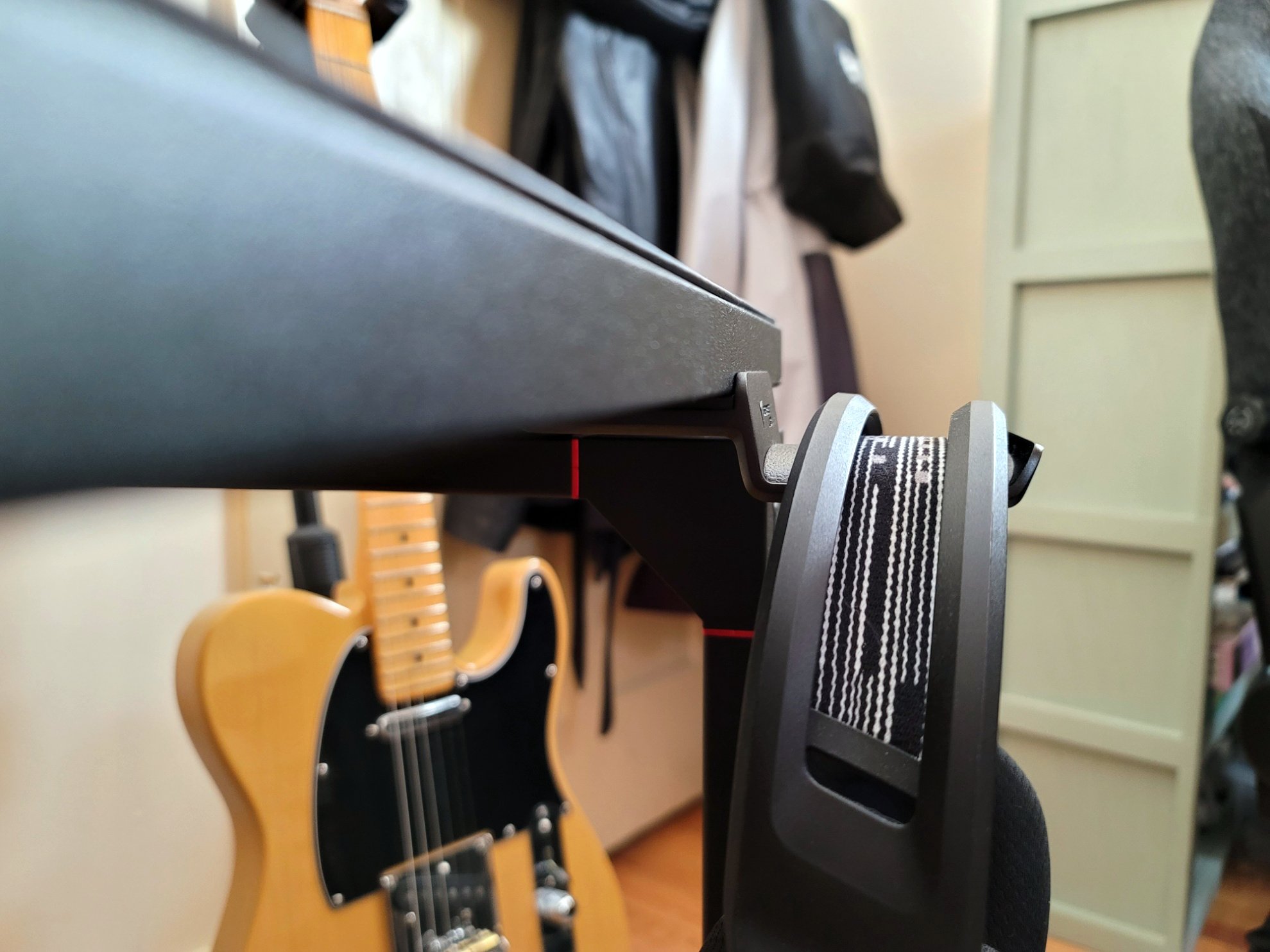
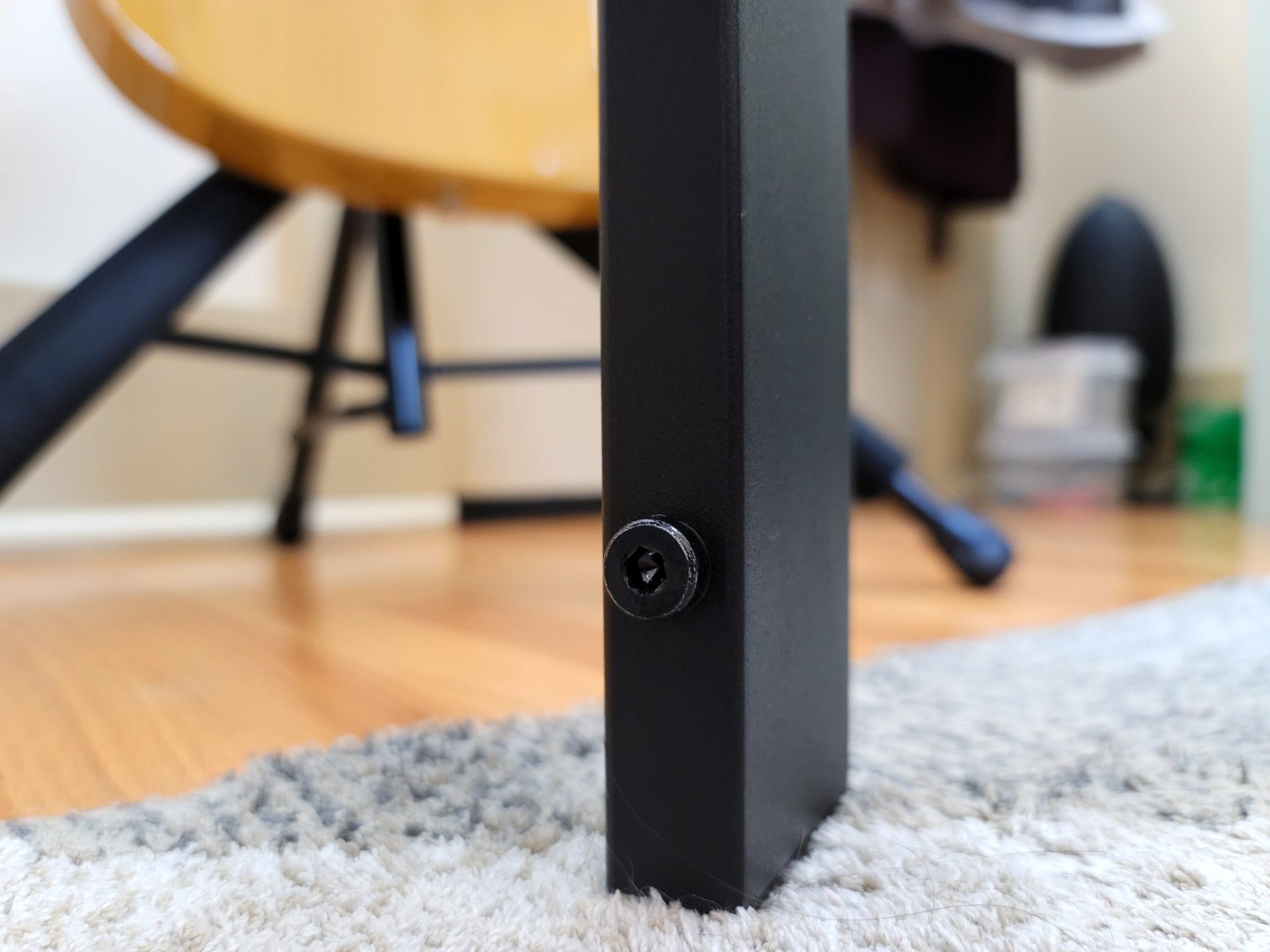
Then there's the construction of the desk itself. In general, the frame of the desk, including the legs, is made from an incredibly sturdy steel construction that Secretlab rates as able to support loads of up to 220 pounds. The desktop is a steel surface wrapped around a durable medium density fiberboard that feels like it will hold up over the long haul.
Finally, there's the assembly. In short, it's super simple; all of the parts are clearly labeled and the instructions are easy to follow. It took me around 30 minutes to put together, but I probably could have shaved that down a bit more if I wasn't inspecting every part as I slid it out of the box.
Secretlab Magnus: What's not good
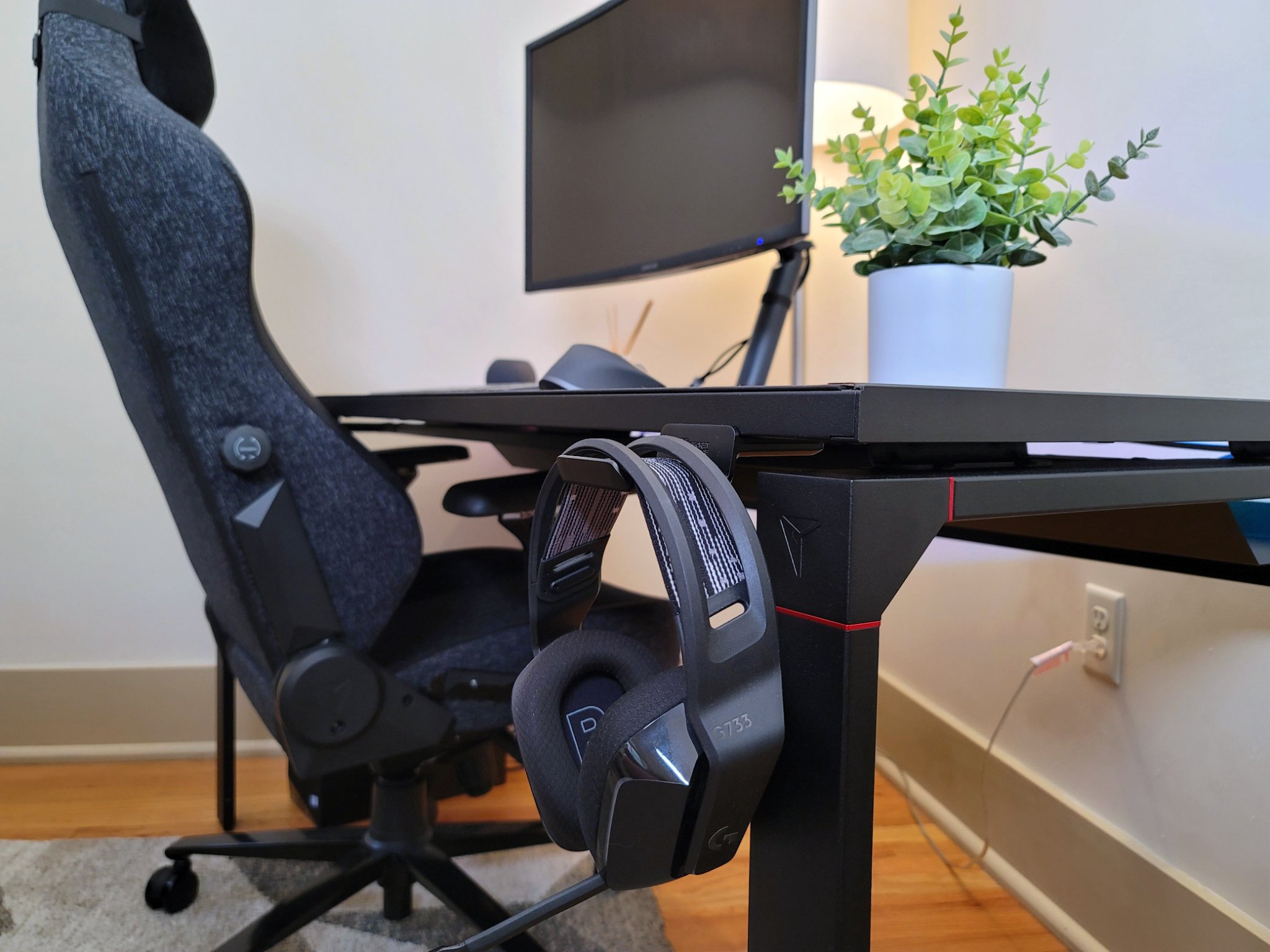
As good as the Magnus is, there are some caveats to be aware of if you're shopping around for your next desk. The Magnus has been in development for years with lots of refinement along the way, but it's still a first-gen product. As with the first of anything, there's always room for improvement.
The first thing to be aware of is that this thing is heavy. That should be obvious for something that's largely constructed of steel, but it's something to keep in mind if you frequently move your desk around. For the 59-inch model that's available now, you're looking at 92 pounds for the desk itself, and 117 pounds when in the packaging. The smaller 47-inch model, due out later, still weighs 77 pounds when put together and 92.6 pounds in the packaging.
Another small gripe is that the Magnus may not be for you if you require a ton of desk space. It certainly isn't small, and it gives you ample room for multi-monitor setups or mounting monitor arms, but the convenience of the cable management tray also eats away around five inches of depth. That leaves you with around 23 inches of depth for usable desk space, which immediately felt a bit cramped coming from my usual standing desk that runs 30 inches deep.
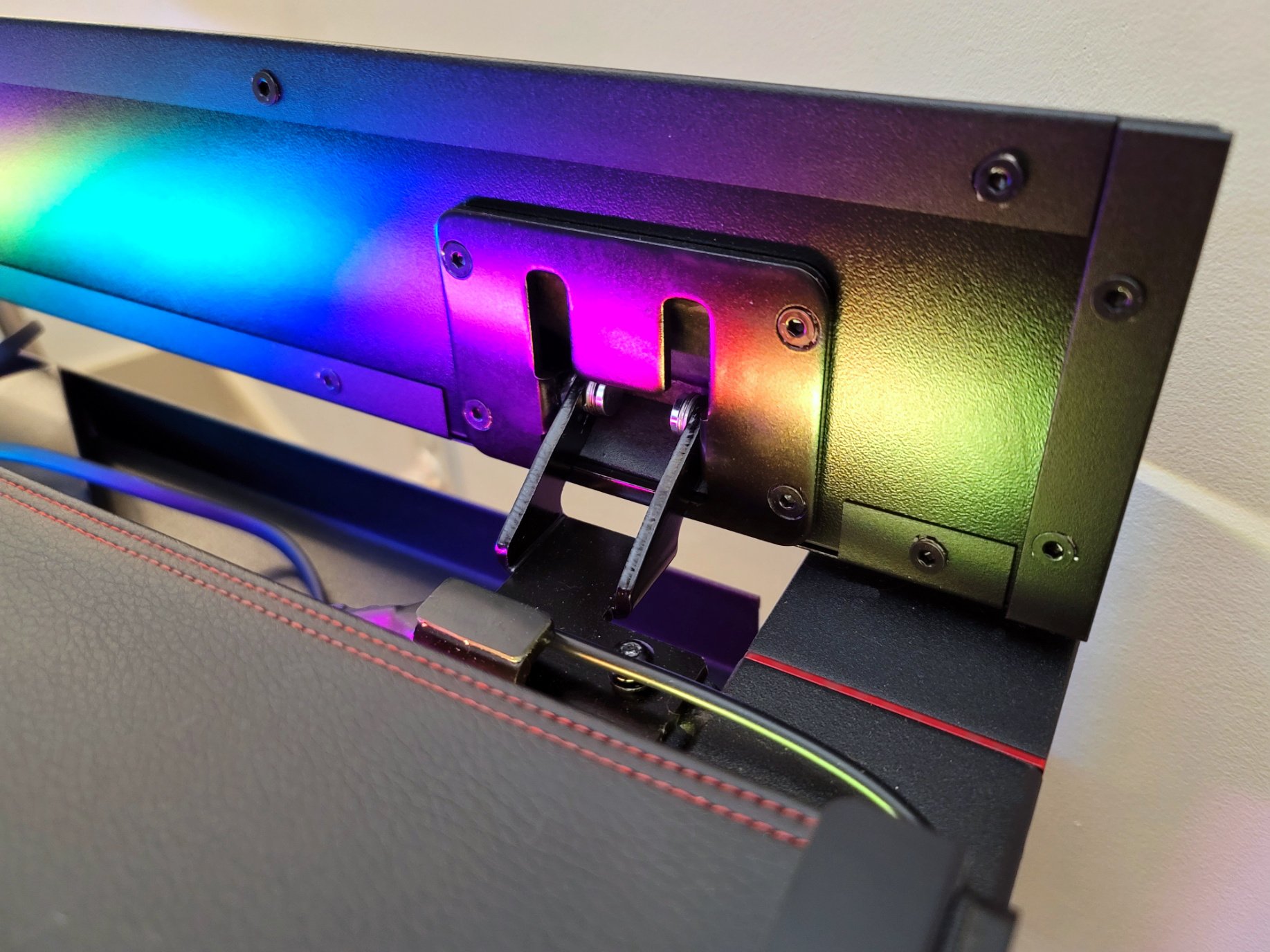
Personally, after getting used to the more limited depth, I find the ease of the cable management tray to be worth the lost desk space, but it may not be for everyone. Likewise, as someone who doesn't move their desk around a lot, the weight hasn't been an issue outside of lugging the box up my stairs. Still, you may want to have a back brace handy for that task.
Finally, there's the lack of a standing desk option. I realize this may not be realistic given the added weight from the steel. However, a standing desk that combined the magnetic accessory ecosystem with the cable management chops offered by the Magnus would be a dream scenario.
Secretlab Magnus: Competition
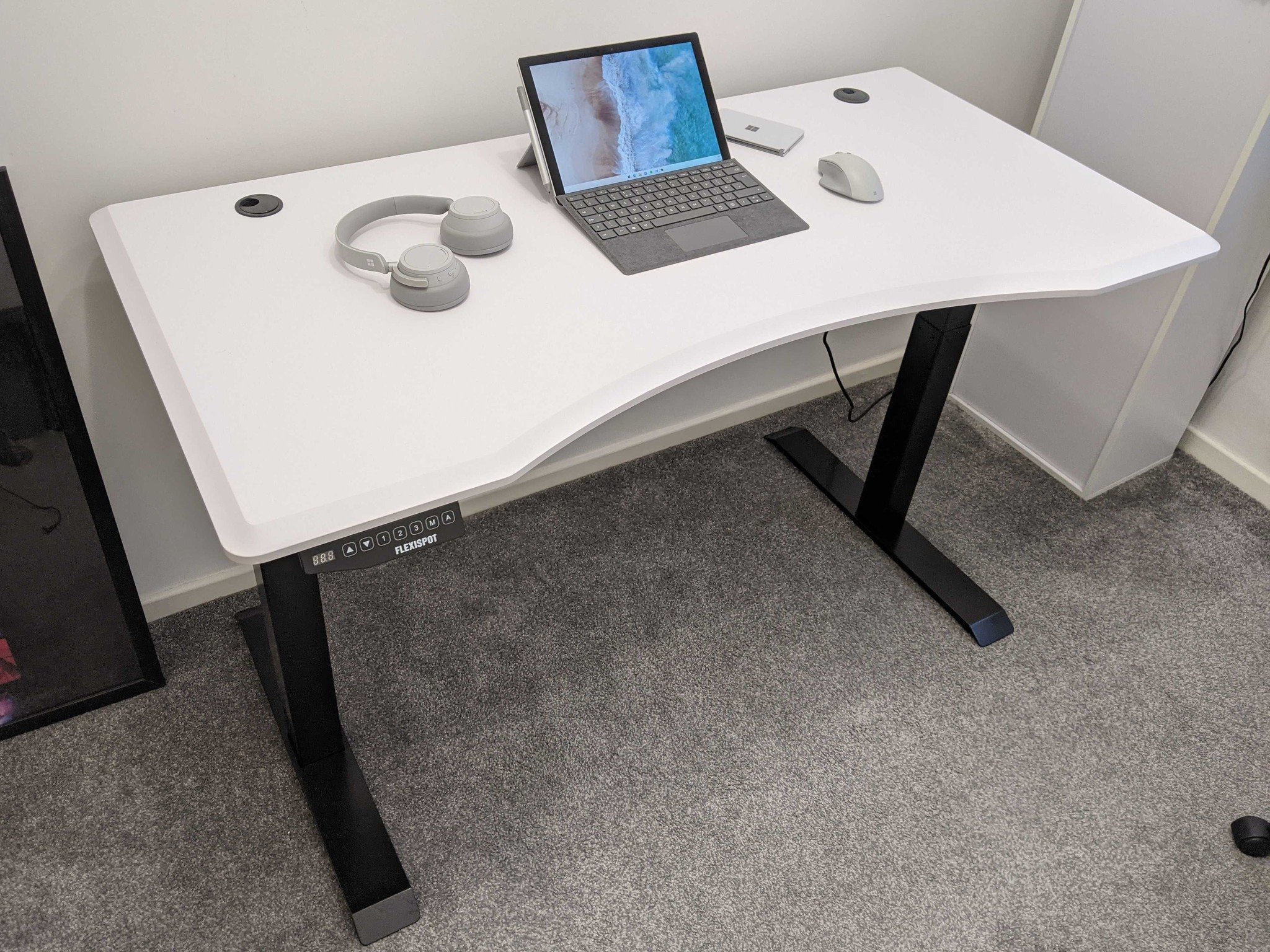
When it comes to what one might call a "gaming desk," there isn't a lot in the space that competes with the Secretlab Magnus in terms of quality, looks, or versatility. However, if you want to save some money, the Eureka Z2 gaming desk goes for a more aggressive tone and color scheme for about $230. However, you'll miss out on the elegant cable management and accessory ecosystem offered by the Magnus.
Another option that sits at the same price range as the Magnus is the Arozzi Arena Gaming Desk, which mostly sticks to a simple black color scheme with bolder, bigger sections of red. You'll get a full-desk mouse mat with Arozzi's option, though it opts for a mesh net for cable management underneath the desk.
If you'd like to skip the "gamer" moniker altogether and go for a standing desk, then things open up a bit more. The Autonomous Standing Desk is an excellent option, though you may find cable management to be a little more finicky than the Magnus. The FlexiSpot E6 is also one of our favorite standing desks, and it includes an easy-to-use cable management rail to boot.
Secretlab Magnus: Should you buy it?
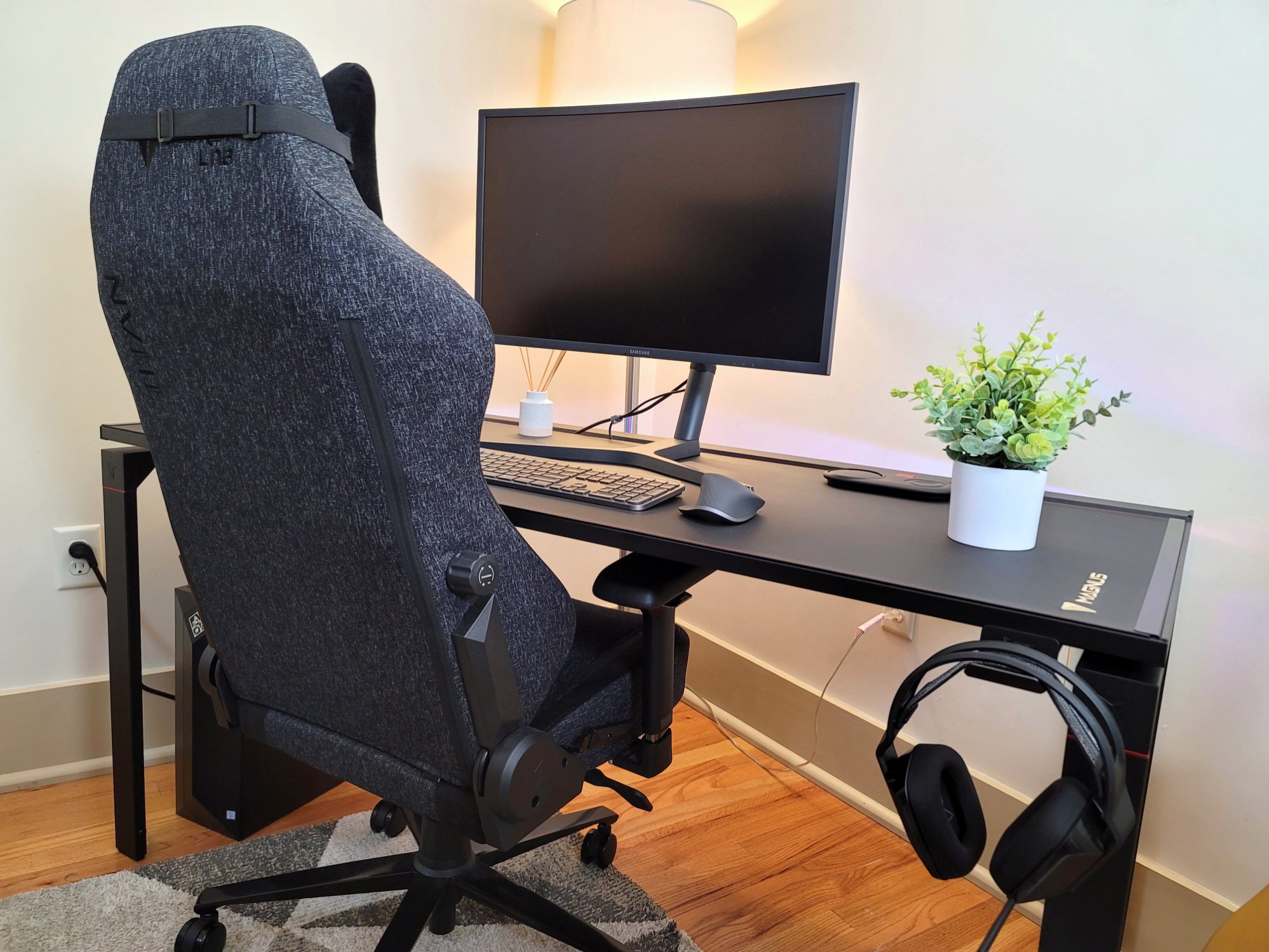
You should buy this if ...
- Cable management is your top priority
- You love the idea of magnetic accessories
- You want a durable, but slim, desk
- You want a hint of RGB aesthetics
You shouldn't buy this if...
- You prefer a standing desk
- You require a very large desk
- Black isn't your style
For anyone who is already a fan of Secretlab's gaming seats, you're likely to love the Magnus desk. Even if you haven't tried one of the company's chairs before, the Magnus desk makes a great, low-profile space to get work done and dive into game night. If you want something other than black, need a much larger desk, or prefer the variety of standing desks out there, then you may be better served elsewhere.
As someone who has struggled with cable management in all of my setups over the years, the Magnus has made it dead simple to get an ultra-clean look. It's also a clean, subtle desk that doesn't scream "gamer" with flashy designs, which is something many will appreciate. Best of all, the Magnus' construction feels like it's built for the long haul.
Most of all, I'm intrigued by this as a first-gen product. It will be interesting to see how Secretlab expands the magnetic accessory ecosystem down the road. I'm already looking forward to what the next evolution of the Magnus may have in store.
Dan Thorp-Lancaster is the former Editor-in-Chief of Windows Central. He began working with Windows Central, Android Central, and iMore as a news writer in 2014 and is obsessed with tech of all sorts. You can follow Dan on Twitter @DthorpL and Instagram @heyitsdtl.
